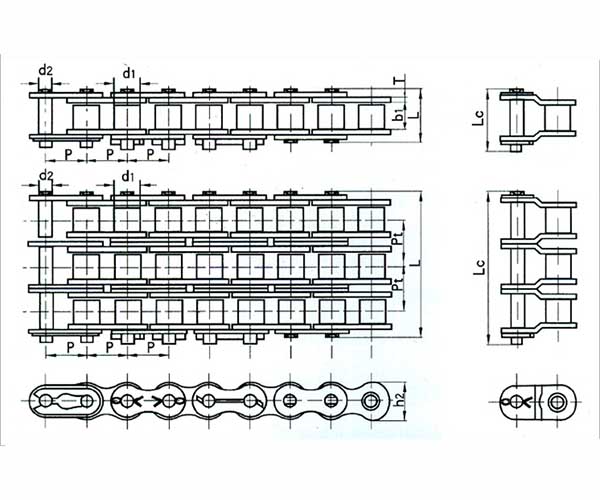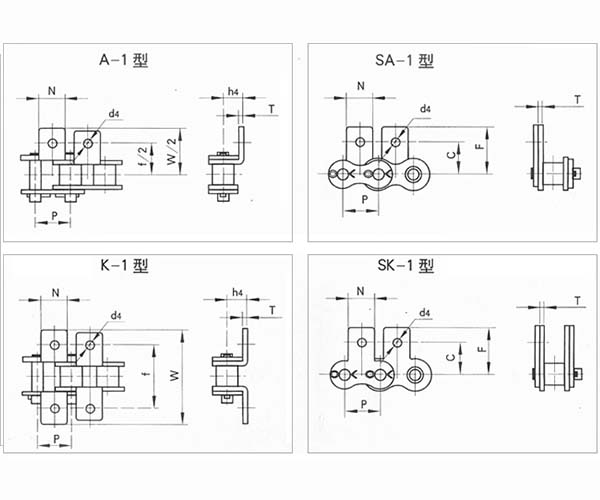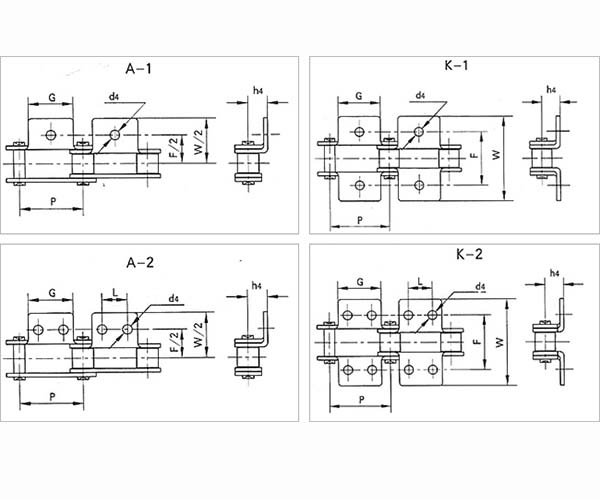As a transmission chain with a high frequency of use, the roller chain has many advantages, among which the more prominent is the high work efficiency and convenience at all levels.With these advantages, the scope of application of roller chains is becoming wider and wider. Roller chains can be divided into many types. The more common ones are single and double pitch roller chains.
The operating conditions of single and double pitch roller chains are different. In addition, what other types of roller chains are there?The standard drive roller chain is a general drive roller chain based on JIS and ANSI standards.The plate chain is a hanging chain composed of chain plates and pins.
If the roller chain is made of stainless steel, it can be used in special environments such as medicine, water and high temperature; it can become an anti-rust chain after only nickel plating on its surface, which has a significant effect in preventing rust and greatly extends The service life of the roller chain is improved.
The standard accessory chain is formed by adding an accessory chain to the standard roller chain for transmission; the hollow pin chain is a chain connected by hollow pins, which can be freely attached or removed according to customer requirements. Attachment, flexible use.
The double-pitch roller chain is a chain that is twice the pitch of the standard roller chain based on JIS and ANSI specifications. It is a low-speed transmission chain with an average length and a lighter weight. It is suitable for equipment with a long distance between shafts. Used for low-speed transmission and handling.
The double-pitch roller chain has standard diameter S-type rollers and large-diameter R-type rollers. The two structural forms are different, and there are certain differences in the use effects obtained.








